Maintaining Player Welfare in Amputee Football
As with many other sports, injuries are common in amputee football.
However the risk of injury is increased with amputee football players as they are putting additional strain on a single lower limb and also have increased risk of upper limb injuries as they are relying on crutches and their upper body to help them move around at a fast pace.
We’ve worked with the medical team at the England Amputee Football Association to look into some of the common injuries that affect amputee football players as well as suggested techniques to help maintain player welfare.
Amputee football is part of the broader category of disability football, which aims to provide inclusive opportunities for disabled players of different age groups with various disabilities and ability level. This inclusivity extends to a wide range of impairment groups, including those with amputation, visual impairment, partially sighted, cerebral palsy, deafness, and learning disabilities, among others, highlighting the diversity of those who play impairment specific football on a temporary or permanent basis.
While this guide has obvious applications for amputee footballers, it can still be applied to other versions and different levels of football and indeed many other sports where athletes can suffer from the same injuries.
It is worth noting that the below is for guidance, if you have an injury or niggle, you should always see a medical professional for diagnosis and treatment.

1. Postural Taping of Shoulders
Moving around a football pitch on crutches causes excessive loading to the shoulder joints, this means that anterior shoulder overload is common amongst amputee football players. Essentially the shoulder joint is overworked and put under repetitive strain. This not only affects the shoulder but can also lead to changes in muscle tone, impacting the player's overall physical condition and requiring specific treatments like postural taping to manage.
Apart from the discomfort this causes, left untreated this could lead to bigger issues such as Rotator Cuff pain/injury, Repetitive Strain Injuries (RSI), severe muscle tension and soft tissue injuries to name a few.
The EAFA medical team use Tiger K Tape for postural taping of shoulders which helps their athletes be mindful of and maintain better posture when playing.
If you have muscle tension you could also try using a heat pack like our Elite Reusable Hot Cold Pack to relax muscles and provide relief, Spikey Balls or Thumper Massagers for self massage or even try acupuncture treatment.

2. Strapping Post Ankle Injury
Because amputee footballers are single limbed athletes, there is a higher chance of ankle injuries when playing football due to more load and stress being placed on the ankle structures.
Preventative ankle taping post treatment referral is often advisable to ensure the athlete’s ankle health remains on their road to recovery and returning to play.
For disabled players, the EAFA medical team use Tiger Tape Zinc Oxide Strapping for lateral ankle taping. While this may not fix any existing injuries, it will provide extra support and stabilisation to vulnerable ankles.
Pro tip – applying some pre-tape adhesive spray like Tensospray Pre-Tape Adhesive or Mueller Tuffner PreTape Quick Drying Spray provides a sticky surface on the skin to give tape a more secure grip and help tape stay in place.

3. Soft Tissue Treatments
With amputee footballers there is the increased risk of the athlete getting a calf strain as their single limb works harder to compensate, lower back strain due to accumulative imbalances and anterior and posterior shoulders and pectoral strain due to heavy load through crutches.
For many athletes across most sports, a pre training or pre match soft tissue treatment like a massage has many benefits like loosening muscles and increasing circulation which could help avoid injuries. This is especially true with amputee footballers as well as footballers who play at an elite level.
The EAFA medical team prefer Songbird Massage Wax for their athletes as the semi-solid formula provides a working surface for soft tissue treatments that delivers control and smoothness.
As a physio or sports therapist you should be mindful of how repetitive manual therapy can affect the joint health in your own hands and wrists. Our Hand Strain in Massage Therapists guide provides some useful insights into this issue.

4. Proprioceptive Work
Proprioception is essentially your body's ability to sense movement and understand where you are in a given space. Proprioceptive work with the EAFA athletes prior to training or matches can both help build stability as well as reactivation for plyometric work.
Because of the reliance on a single limb, ensuring the stability of ankle and leg is an important factor with amputee footballers for optimising performance, building strength and as a tool for recovery post injury.
A great product for proprioceptive work is the Physique Wobble Air Cushion as it’s designed to provide an unstable surface for strength and rehabilitation exercises including Proprioception.
Other products like Physique mini bands, half round pro foam rollers and agility ladders are also great options for proprioceptive work.
Take a look at this video guide for an example: Physique Wobble Air Cushion Exercises Ankle Strength Rehab with GB Hockey.
5. Stabiliser Activation
You have two types of muscles in your body; movers and stabilisers. Stabilising muscles are responsible for supporting your body and helping to hold it upright.
If your stabiliser muscles are strong, this will help with your posture and your alignment – something that can suffer for amputee footballers who are using other limbs to compensate when moving around a football pitch.
Physique Mini Bands are great for general glute and shoulder stabiliser activation exercises as they provide concentric training to specific areas. Activating or strengthening these groups of stabiliser muscles could lead to decreased pain and risk of injury as it will help support your spine, improving posture and alignment.
There are a lot of products like the Physique gym ball, Core sliding discs and foam wedges in our Balance Stability range that can be used to aid in stabiliser activation exercises.


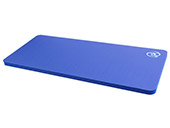

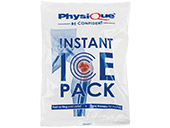
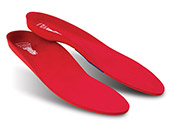
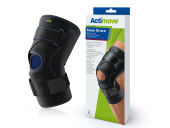
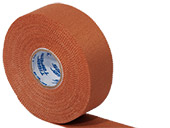
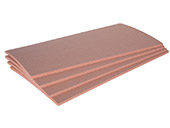
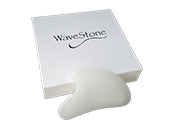
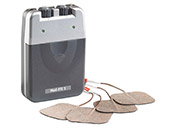
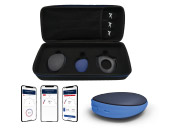
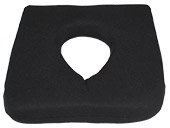
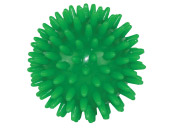
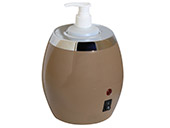


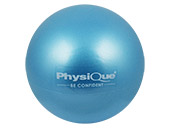
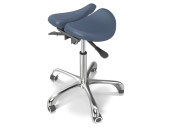
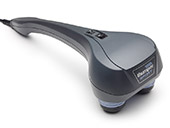
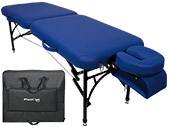
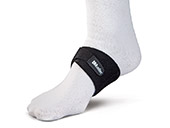
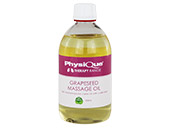
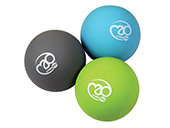
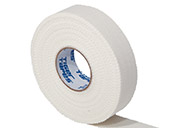
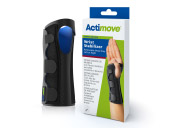
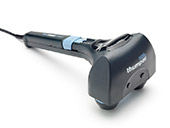
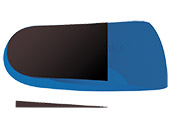
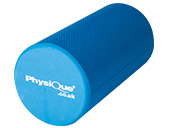
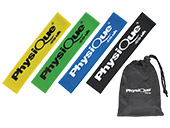
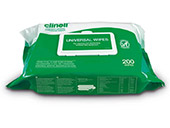
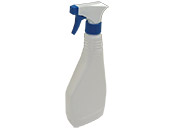
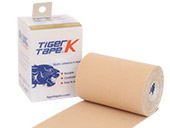
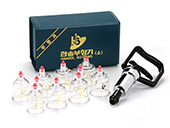
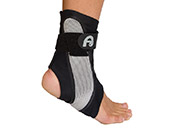
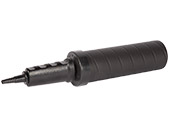
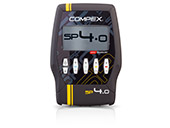
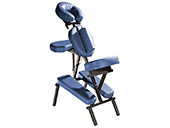
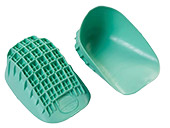

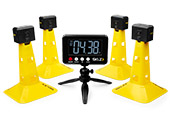
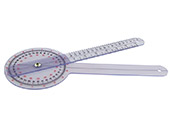
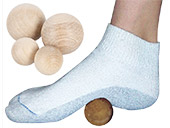
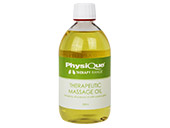
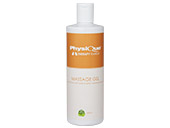
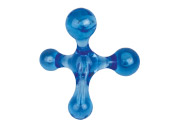
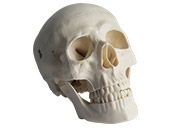
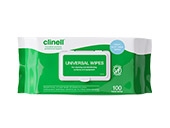
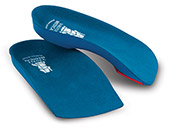
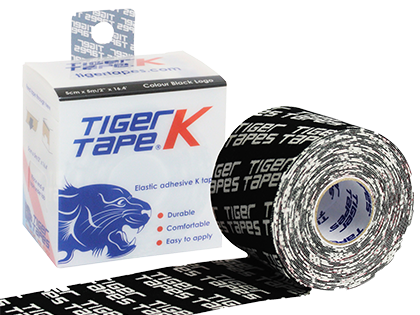
Did you find this article useful?
Why not share this with a colleague, patient or friend?